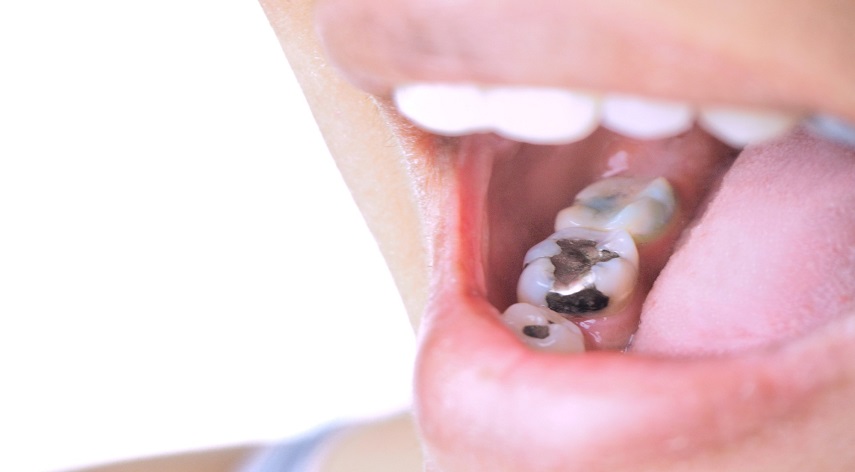3 Important Factors to Consider Before Getting a Filling

Human teeth last at least 32 years. If you take care of your teeth and practice good oral hygiene, then you should expect to keep your teeth longer.
If after taking care of your teeth and they still begin a progressive failure, you might need a filling. Despite being the most common, hardly anyone knows much about the subject. If you are searching for a reputable dental clinic, then read on.
In this article, we discuss several factors to consider before getting a filling. So that you can make an informed decision. Read on to know more:
Table of Contents
Toggle1. Type of Cavity
Pit and Fissure
Pit and fissure cavities are shallow depressions in the enamel of teeth. They are often found on the chewing surfaces of molars and premolars. Pit and fissure cavities are also known as occlusal cavities. Occlusal means the biting or chewing surface of a tooth.
Pit and fissure cavities are caused by a combination of poor oral hygiene and the presence of abundant carbohydrates in the diet. The pits and fissures of teeth provide an ideal environment for the growth of dental plaque. Plaque is a sticky film of food debris, bacteria, and saliva. The bacteria in plaque produce acids that destroy tooth enamel.
The best way to prevent pit and fissure cavities is to practice good oral hygiene.
Root Surface Cavity
A root surface cavity is a hole or pocket that forms in the roots of teeth. Over time, these cavities can become large enough to cause the tooth to become unstable and eventually fall out.
The most common cause of root surface cavities is poor oral hygiene. If plaque and tartar are not removed from the teeth regularly, they will begin to eat away at the tooth enamel, causing cavities to form.
Treatment for root surface cavities typically involves removing the cavity with a drill and then filling the hole with a tooth-colored resin.
2. Location of the Cavity
It’s not that hard to spot the signs you have a cavity. If the cavity is in a visible area like a front tooth, you may want to consider getting a white dental filling instead of a metal one. White fillings are less noticeable and can help improve the aesthetics of your smile.
If the cavity is in a molar or back tooth, metal fillings are usually the best option as they are more durable and less likely to break down. Regardless of the type of filling, it’s important to get it treated as soon as possible to prevent further damage to the tooth.
3. Size of the Cavity
The size of the cavity is an important factor to consider as well. If the cavity is too large, you may need a crown instead. If the cavity is small, a dental filling may be all that’s required to restore the tooth.
So, it is important to have a small cavity diagnosed and treated early on to avoid more extensive and costly treatment in the future.
Cavity Matters A Lot When Getting a Filling
Cavity matters a lot when getting a filling because it can determine the type of filling you need. If you have a large cavity, you may need a gold or silver filling.
If you have a small cavity, you may only need a white filling. The color of the filling, the shape, and the size all play a role in the look of your smile.
Talk to your dentist about your options to ensure you get the best possible filling for your cavity. And check out our site for more helpful dental care tips.
Alice Christina, a seasoned health writer, combines her passion for wellness with a strong foundation in evidence-based research. She crafts insightful content that empowers readers to make informed health decisions. Alice's expertise shines through her concise and reliable health articles.
Recommended For You
Spread the loveHealth screening is a vital part of preventive healthcare which plays a crucial role in the maintenance of
Spread the loveSexual health is an essential aspect of personal well-being. If you’re based in London and need STI testing,
Spread the loveIn today’s fast-paced world, managing your health effectively is more important than ever – especially for those of



